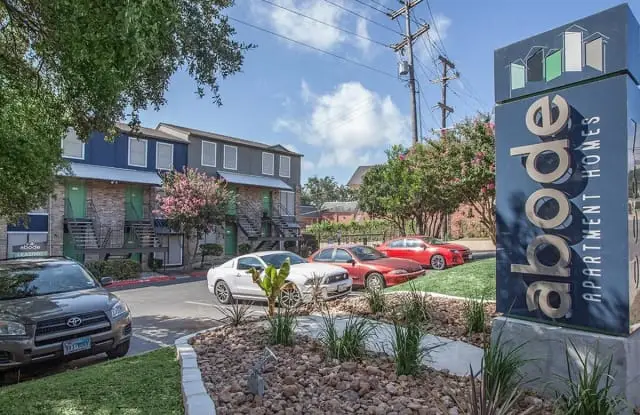There’s a big misconception in real estate investment that is well entrenched in the minds of amateur investors and seasoned pros alike, relating specifically to finding and choosing the right submarkets. I would go so far to say that the way most investors think about the subject is flawed fundamentally.
Submarkets, for those unfamiliar with the term, are simply smaller divisions of a larger geographical area that generally have a characteristic or overarching quality that distinguishes themselves in one way or another. The Garment District in New York City known for its density of fashion-related companies, for example, or the Old Fourth Ward in Atlanta, GA getting its boundaries and name from its history.
The concept of submarkets gets a lot of attention from real estate investors, as submarkets are often seen as better or worse than others, pockets of differing qualities that theoretically make potential investments within their bounds more or less attractive. For example, submarket A experiencing higher demand than submarket B, or submarket H being well known for its low crime stats and good schools.
And while analyzing submarkets during due diligence is absolutely a good idea for any real estate investor worth their salt, the overriding desire to buy in certain submarkets (often at the peril of a higher than warranted purchase price) just because of their reputation is often the wrong move.
With markets, the old adage that applies to stocks applies as well: once you hear your taxi driver start talking about a market, you’re too late to the party.
Shoot Your (Submarket) Shot
Investors and laymen alike hear about the cities and markets that are booming. So and so has friends who are moving to Portland. I hear tons of millenials are moving to Madison, Wisconsin in droves, and so on. By the time you, as the investor, get an idea that a certain market is hot for investment because of sentiments you’re hearing, you are probably in for a market of overpriced assets that are being competed on by the biggest players in the industry.
Of course, that’s not to say you should ignore the market completely. Just because downtown Atlanta’s market is overpriced right now, doesn’t mean it will be forever. But importantly, it also doesn’t mean you can’t score nearby.
This is where darts comes in. In darts, everyone knows of the bullseye – the ultimate goal, the dead center of the board that’s worth the most points. The error that investors make is in thinking that the bullseye is the only way to win. The bull’s ring, however (the slightly bigger ring just next to the bullseye) is something interesting. Yes its worth less points, but its adjacency to the bullseye earns it more than most other areas of the board to be sure.
If you think of a city as a dart board, the city proper is the bullseye, and the outer city is the bull’s ring. Sure, scoring in downtown Atlanta would have allowed you to win big, but the opportunity for that was 5, 10 years ago. Atlanta’s outer reaches, however, benefit from the growth of the market as a whole. To stick with the Atlanta example, just look at Buckhead, the high growth area of Atlanta directly north of downtown. This submarket has boomed in its own right, and profitable deals and reasonable sale prices were easier to come by prior to the growth of demand there. Buckhead was a bull’s ring play, until it wasn’t.

The bull’s ring concept applies to almost all growing city hubs. Thanks to most cities having grown in a general circular shape, the bull’s ring analogy is very easy to see on a map. Choose a city, peg downtown, and draw a larger circle around it – that’s the area with potential.
Not Always, but Not Never
Why? Why does proximity necessarily mean potential? Well, the short answer is that it doesn’t guarantee it. Nothing is guaranteed. But if a city’s popularity and growth continue over more than just a year, then new tenants moving in will likely be slowly expanding to the outer rims, looking for cheaper rents and more space. Where’s the first place they’ll go? The outer city area, where commutes are still low and prices favorable.
Once these areas gather enough traction, those late to the game finally arrive to invest, and the once bull’s ring submarket shifts to a bullseye. And so the process repeats.
Remember, there’s more than one way to win a game – shooting for gold is good, but not if its at the detriment to winning in the first place. Shoot around the board, and you might strike it big.






